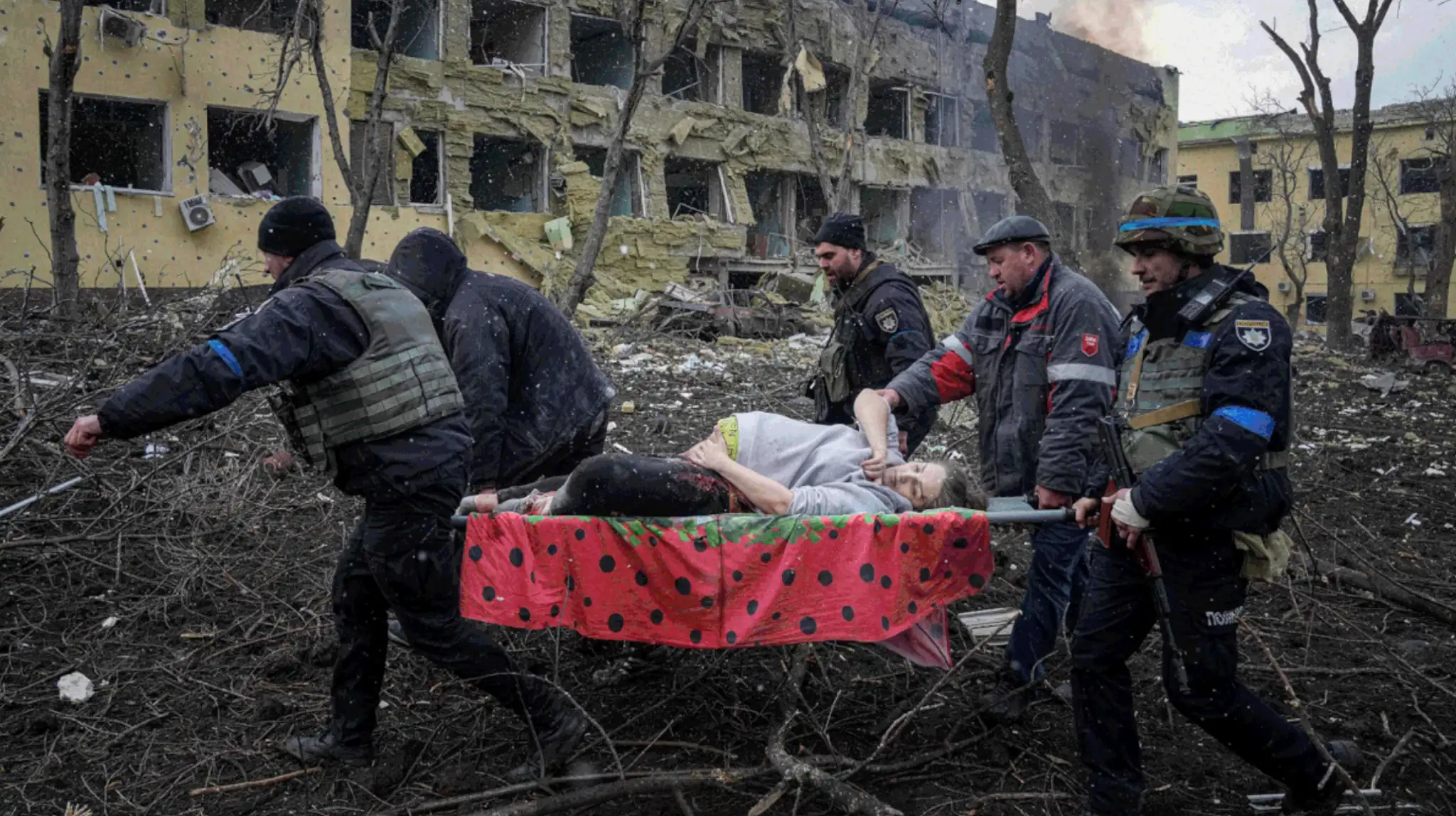The prospect of the development of the war in Ukraine faces considerable difficulties. Not only because of the unreliability of the available data but also because decision-makers hide from public opinion the actions by which they try to surprise their opponent day after day. Once again there is a Copernican turn of the combat: a few days after the shipment of tanks to the Ukrainian army by Western countries, the Russian government announces that it is suspending its participation in the nuclear arms control treaty. However, despite the high probability of unforeseeable events, some trends can be seen on the first anniversary of the war.
The first is that the conflict is worsening both on the battlefield and in terms of geostrategic confrontation. Another growing feature is the fatigue after a year of confrontation, from the exhaustion of war materials to the weariness that is beginning to be seen in public opinion. Taking into account these tendencies and always in terms of probabilities, because in an open conflict, anything is possible, it can be observed that the war is maintained in an alternation between stagnation and escalation. The latter can be understood as a pronounced aggravation of the actual war confrontation. Regularly, both situations present a sequential relationship: after an escalation, there is usually a stalemate, especially in a protracted war.
The prolongation of the war has been the main subject of Presidents Vladimir Putin and Joe Biden’s speeches on the war’s first anniversary. Both have stated that they are prepared to continue the war until a hypothetical military victory. Putin has done so in a direct way, and Biden, in terms of “maintaining their support for Kyiv for the duration of the war”. These statements exclude, at least for the moment, the eventuality of a cease-fire negotiation, let alone the establishment of a lasting peace.
In fact, less aligned leaders have begun to suggest proposals to stop the war. Such is the case of the presidents of Mexico, Brazil, or India, or of some European social democratic sectors. China’s proposal to stop the war has also raised expectations in the global South.
However, when the prolongation of the conflict is envisaged as an idea to defeat the opponent, the human and material costs must be calculated. Although neither side has provided precise data on direct deaths during the first year of the war, the United Nations estimates the number of civilians at 30,000, around 7 million Ukrainian refugees, and as many internally displaced persons. In addition, there are 1.5 billion people affected by inflation and the economic impact of the war worldwide (including the Latin American population, according to the United Nations).
As for combatant deaths, there are significant differences depending on the sources. The Ukrainian and Russian defense ministries have accepted that they have had losses of around 25,000 Ukrainians and 40,000 Russians. However, media such as the BBC, DW or FP point out that in the phases of war escalation, there have been about 8,000 deaths per month in the case of Ukraine, and about 12,000 in the case of Russia, which raises the annual average to around 90,000 Ukrainian deaths and 130,000 Russian combatants. These figures are close to those provided by this year’s compilation by the Norwegian Defense Staff. In short, it is an appalling massacre, even if one accepts the most conservative figures.
On the other hand, the material damage is extensive and can be seen in the damage to homes, roads, airports and railroad lines, health and educational facilities. The Kyiv School of Economics has estimated more than $2 billion in infrastructure losses during the first year of the war.
In other words, when considering the continuation of the war, as is evident from the speeches made on this first anniversary by the leaders of Russia and the United States, it is necessary to take into account what it really means: an apocalyptic pile of death and destruction. And this is a good point of reference to foresee the consequences of the Russian offensive, which is planned for the beginning of spring, that will face the endowment of heavy weapons (tanks, mobile artillery, etc.) that the Ukrainian Army will receive from its Western allies.
In their respective speeches for this anniversary, Presidents Biden and Putin have accused each other of having started the war. Biden based his accusations on one piece of evidence: the military aggression was a Russian initiative; but in his speech, the Russian president maintained that the Western powers were the ones who provoked it, and he gave as proof of his will for peace the memorandum of negotiation sent to Washington and Brussels in December 2021 and the resounding rejection received in response. There is no doubt that this persistent refusal does not justify Moscow’s military aggression, contrary to international law. However, history will take care to measure the responsibility of the Western powers for their inability to avoid war.
In any case, the argument about the responsibility for the beginning of the war cannot dispense from the present responsibility for its prolongation. The evidence of the terrifying effects it causes day after day carries enough moral weight to abandon the attempt to defeat the opponent, no matter how long it takes. Every day this war is protracted increases the moral responsibility on the international community as a whole.
*Translated from Spanish by Janaína Ruviaro da Silva











